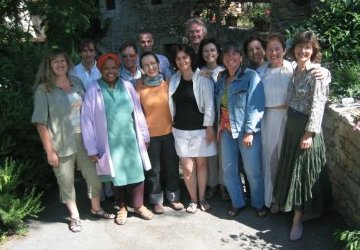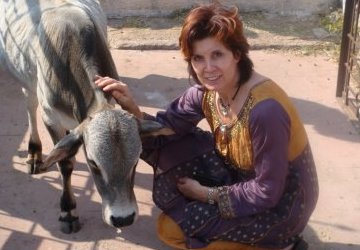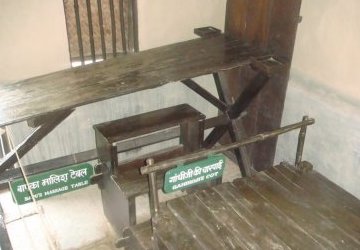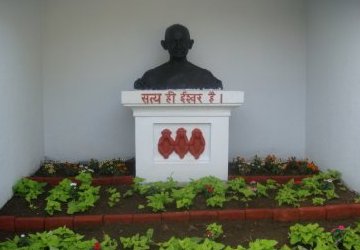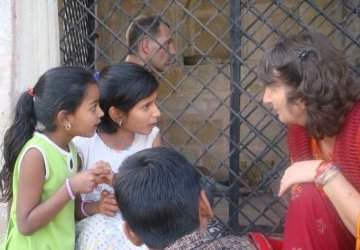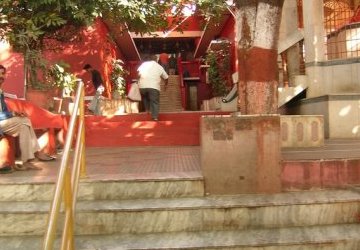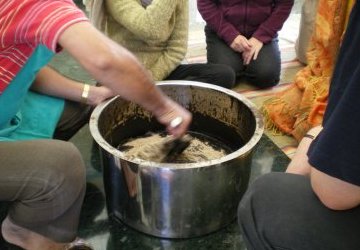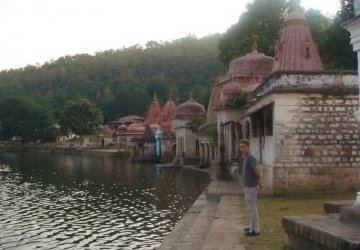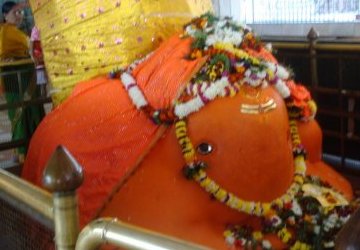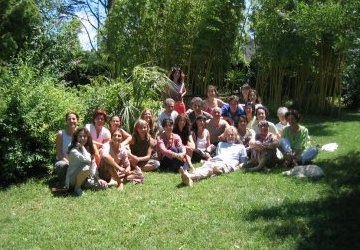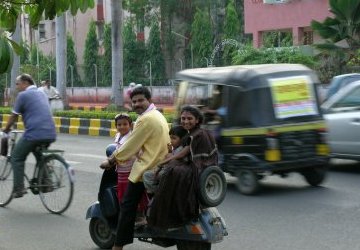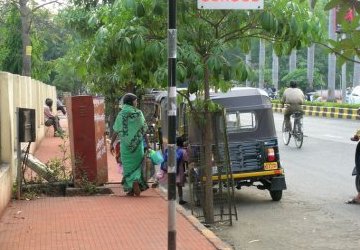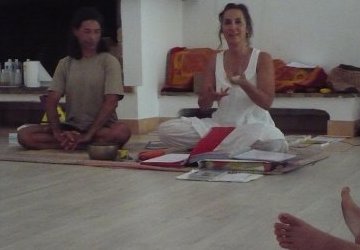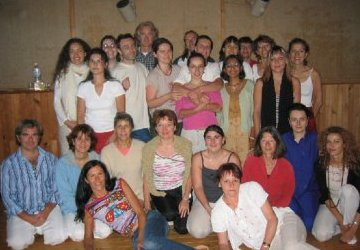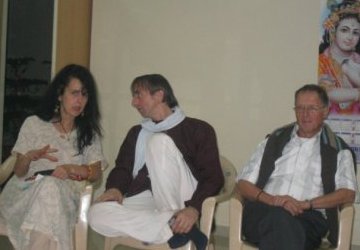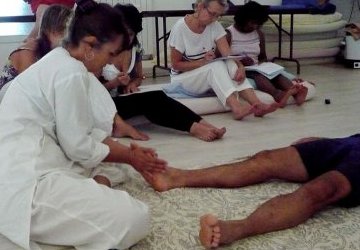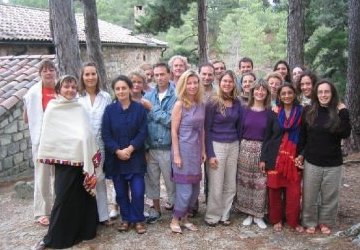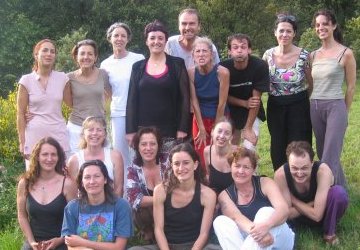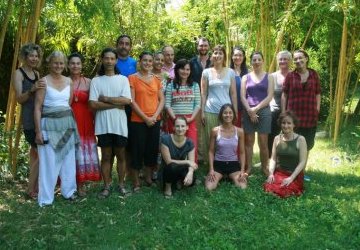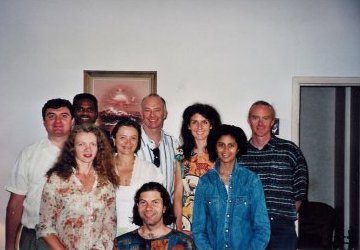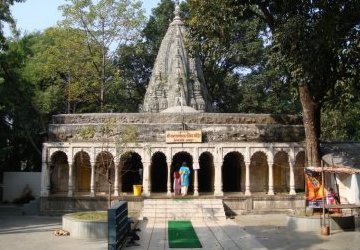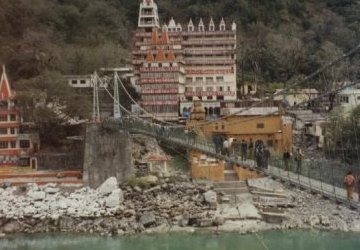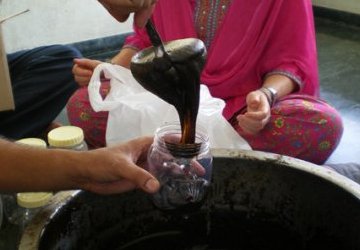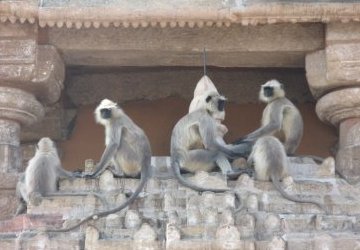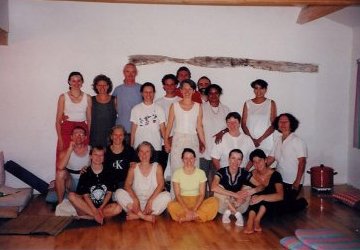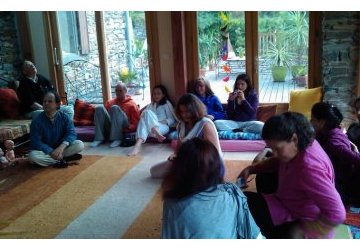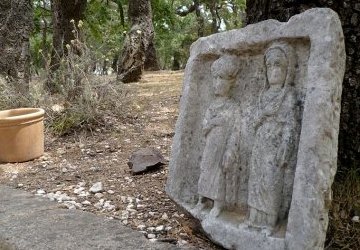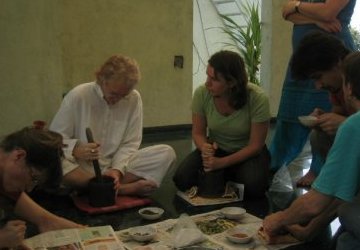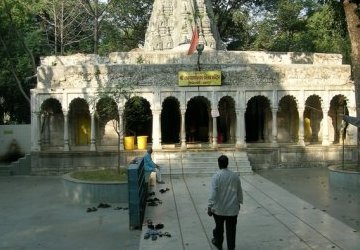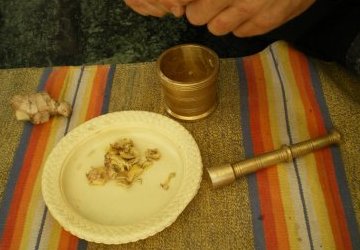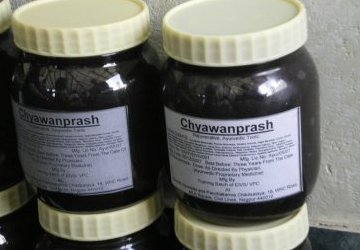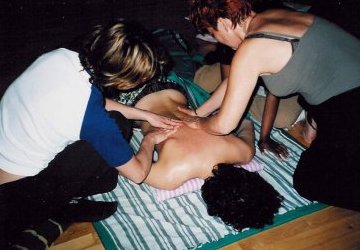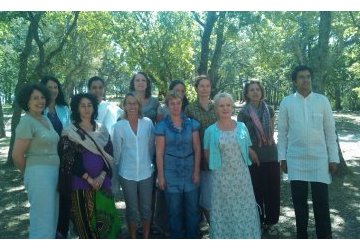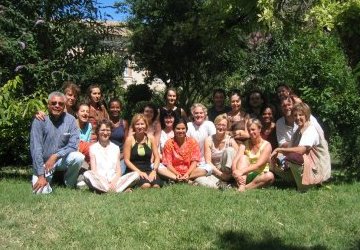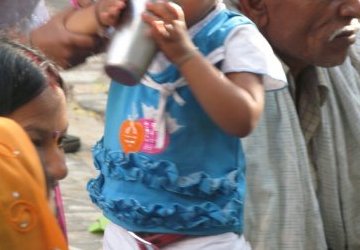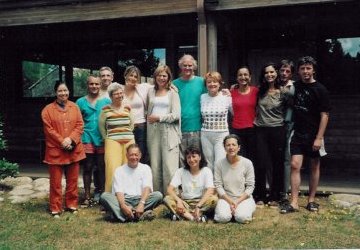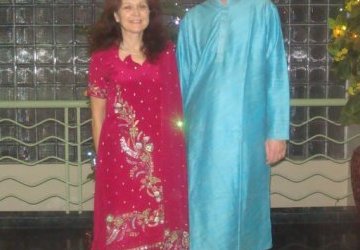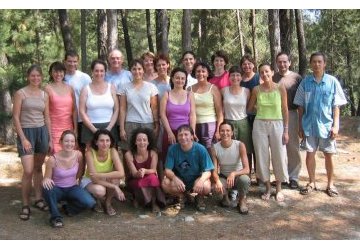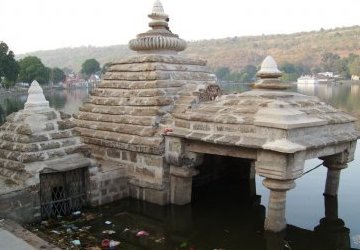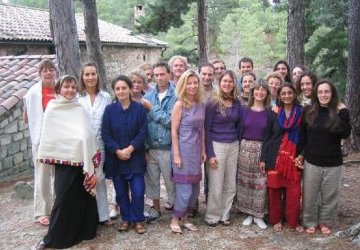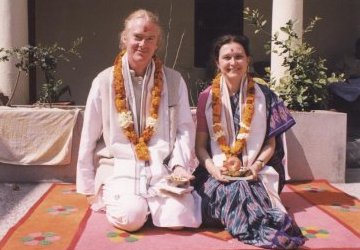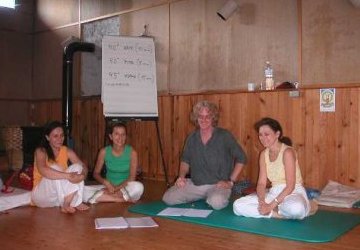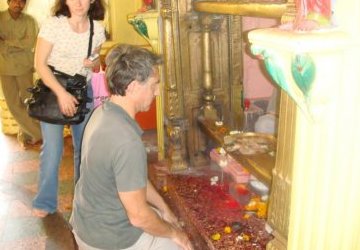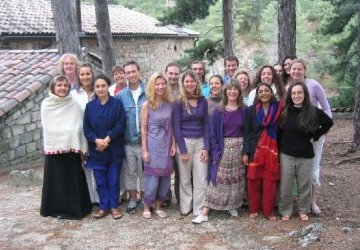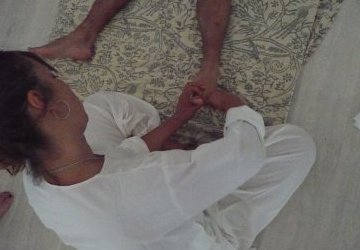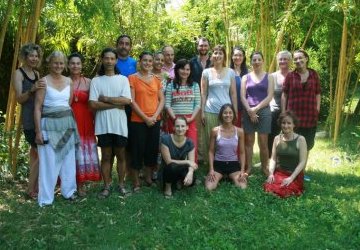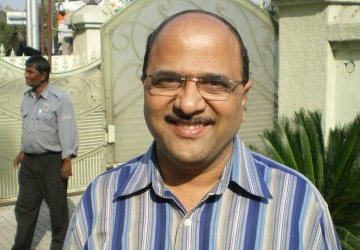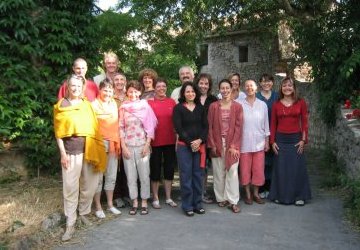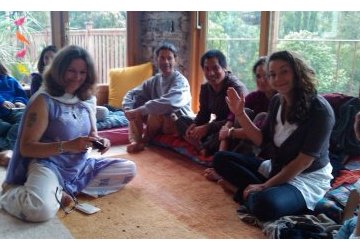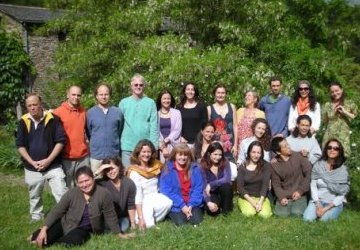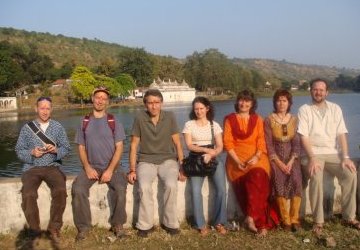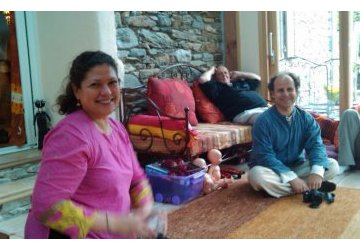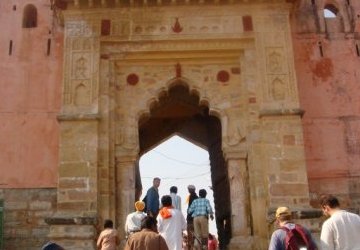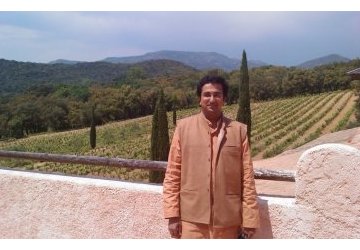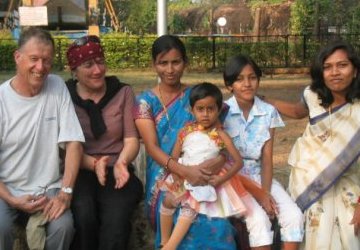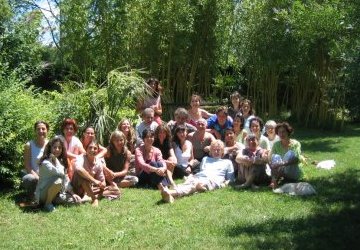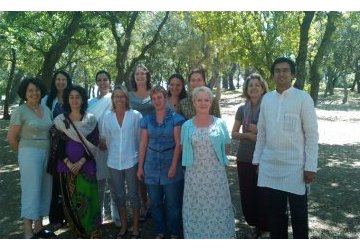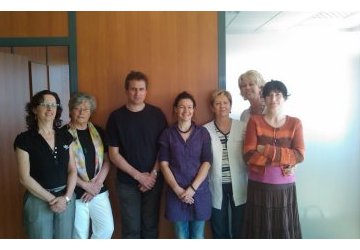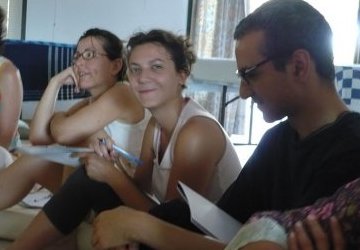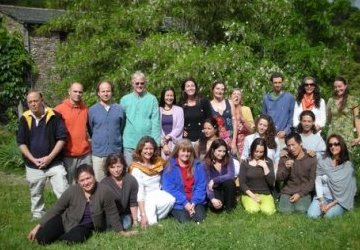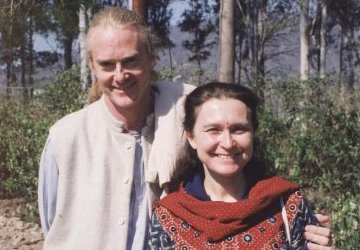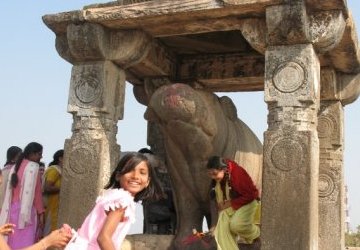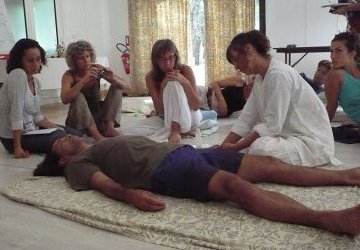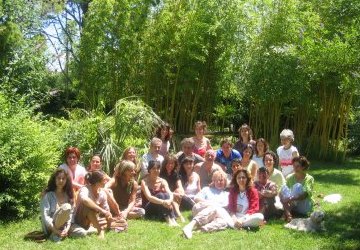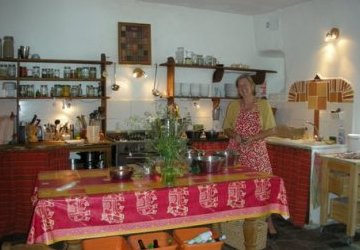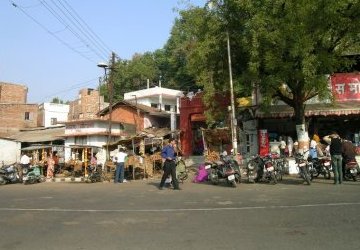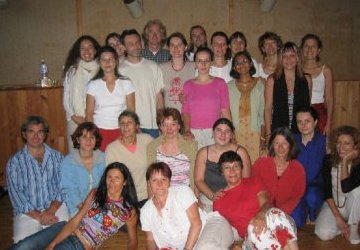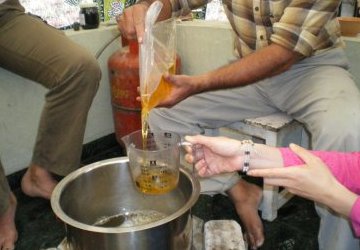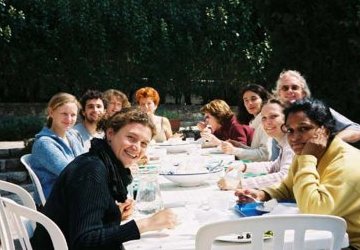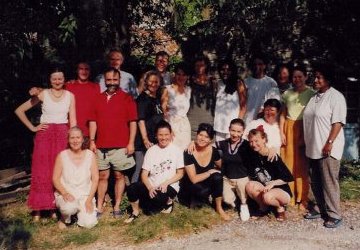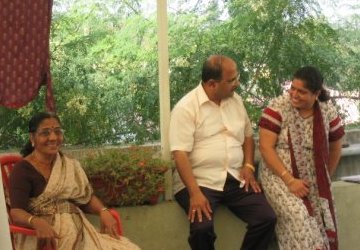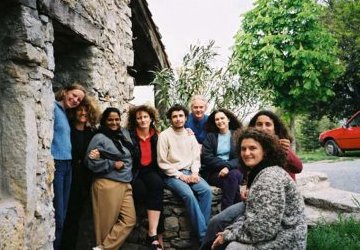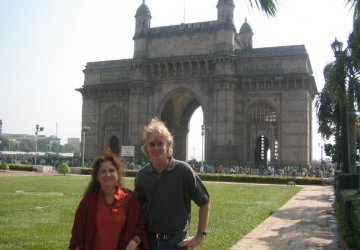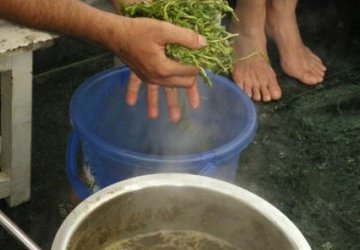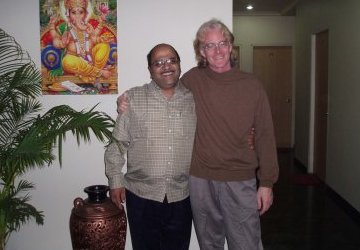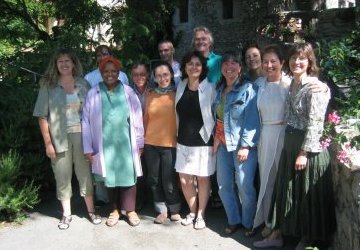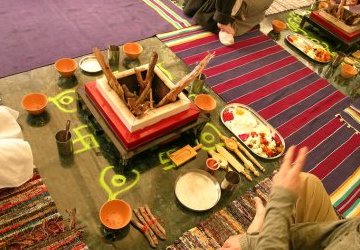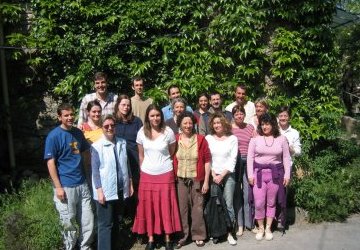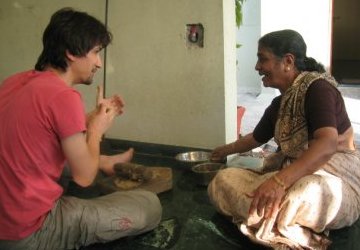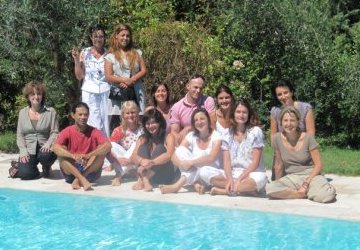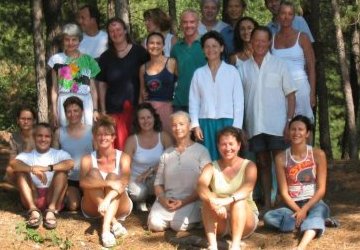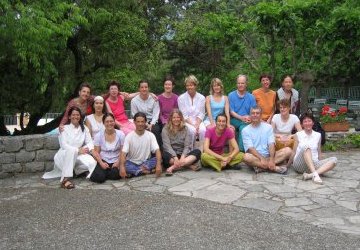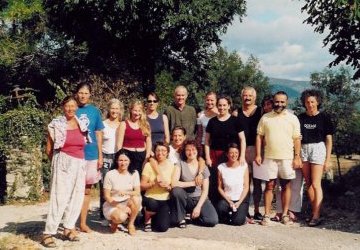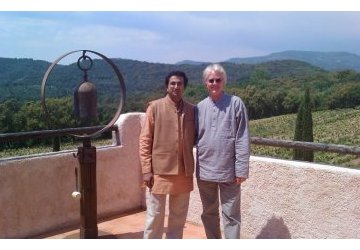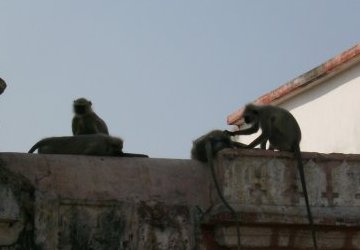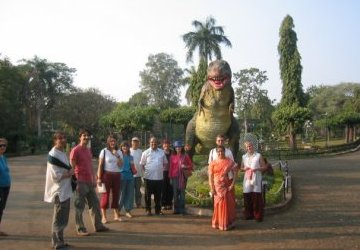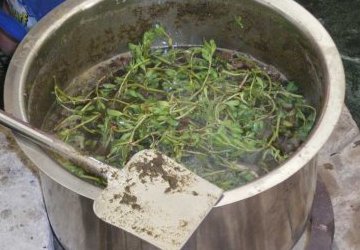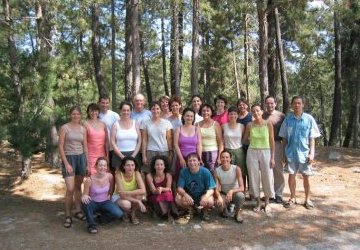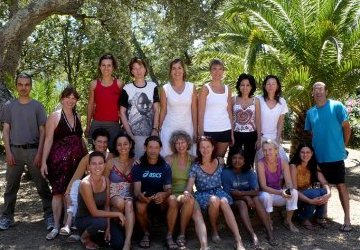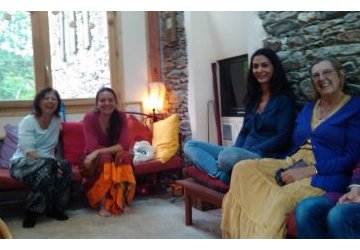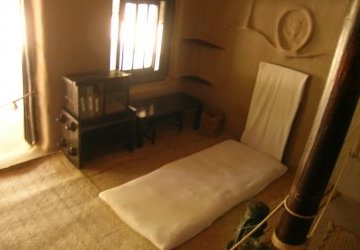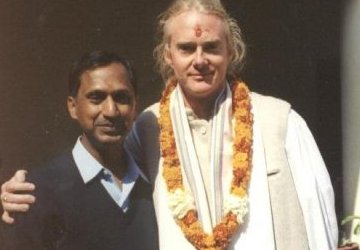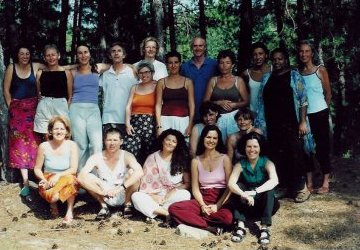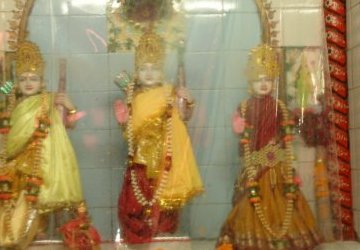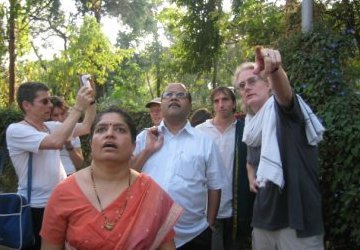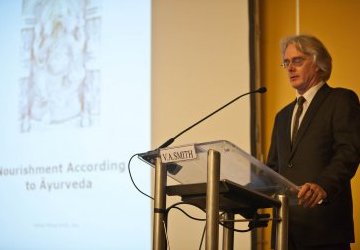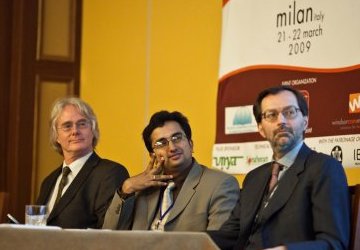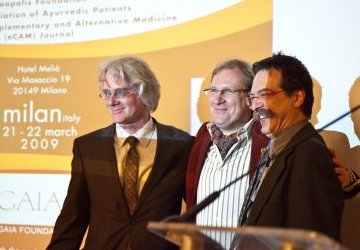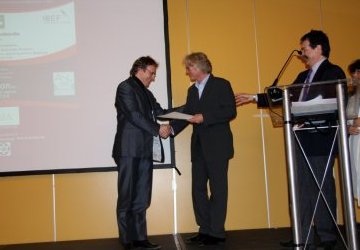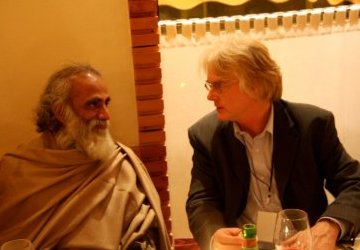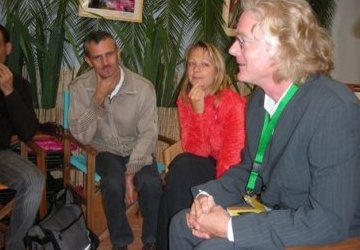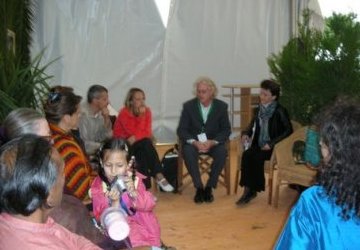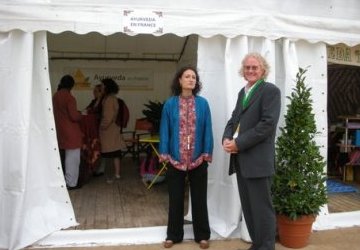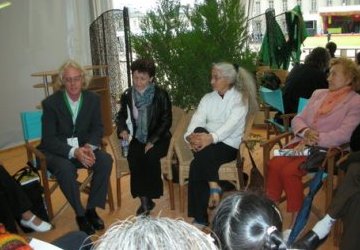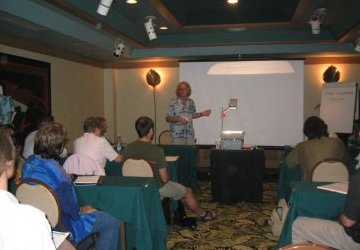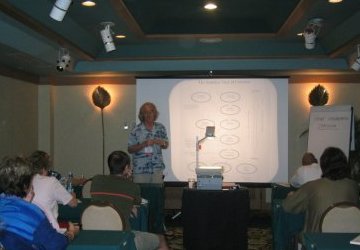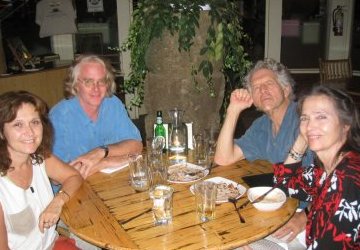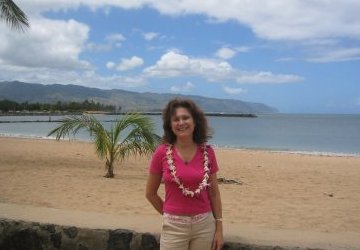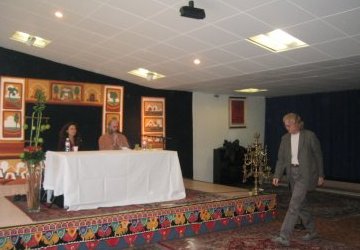Polyarthritis
I had an interesting case last week. The thing that was so interesting about it was that it was a pathology started and maintained by Kapha. There were no signs of Vata involvement, which in my practice is rare.
The patient was a 62 year old women with Polyarthritis. Poly means several and arthritis means joint inflammation. So Polyarthritis is a kind of arthritis that involves 5 or more joints. It is often associated with autoimmune conditions and is not gender specific.
Even though the Greek word arthritis means inflammatory (itis = inflammation), Ayurveda recognizes non-inflammatory types of arthritis. These can be causes by either Vata or Kapha dosha. Usually the dry nature of Vataja arthritis will cause Pitta to increase and result in inflammatory secondary conditions. The Kaphaja type of arthritis is different however, and worth taking a look at in this brief essay as the pain is due more to the congestive nature of Kapha than the actual inflammation.
The person’s prakriti is Pitta / Kapha dual type. My patient had a history of chronic constipation. The main cause of her condition was the slow and consistent accumulation of non-digested food or ama. The ama had slowly accumulated in the feet and hands and begin to cause swelling and stiffness. The swelling, as the first symptomatic condition noticed by the patient, could indicate Kapha as a cause. The second symptom was stiffness provoked by the swelling. The first place this manifested was in the feet which is interesting.
From the pelvic region to the feet Kapha is dominate in terms of water and earth elements. Of course, Vata dosha is the active dosha in the functional sense, Kapha being dominate in the structural sense. Therefore, the structural affinity with Kapha and the fact that gravity favors the settling of ama towards the legs and feet could indicate that Kapha was the causal factor in this patient’s pathology.
The next area afflicted was the hands. The same pattern started, swelling followed by stiffness. The fingers seem to become the primary area of stiffness after some months. After about 1.5 years of these symptoms pain began to manifest – first in the ankles then in the hands and fingers. The fact that this process lasted between 1 to 2 years could indicate Kapha as a causal dosha.
With the advent of pain her doctor gave her anti-inflammatory medications. These reduced the pain only slightly, but had the very disturbing effect to cause strong nausea and digestive problems. Constipation increased. Her doctor changed the medication several times with varying results still manifesting nausea and only mild pain reduction. The fact that the reduction in pain was only marginal with anti-inflammatory medications could indicate that the pain was caused more by Kapha (congestion) than the actual inflammatory response of the body. The main secondary symptom was nausea, a Kapha problem.
Typically, when ama accumulates in the extremities the body will try to remove it. The primary method used by the immune system is to “burn up” the toxins with an inflammatory response. The classic kind of inflammation is a pure Pitta controlled action to remove the ama. When Vata is involved in the accumulation of ama the inflammatory response is delayed and secondary, usually associating with variable symptoms. When Kapha is involved with the accumulation of ama the immune system has a more difficult time to “burn up” the toxins due to cool, congestive nature of Kapha. Usually the first response is “swelling” which another method the body uses to “isolate” pathogens or toxins. The inflammatory response is delayed – or kept at a very low level – in Kaphaja conditions.
If this process continues for long periods of time the immune system becomes tired and begins to “make mistakes” by identifying tissue structures of the body as pathogens. This is especially true when ama accumulation is chronic and ama has begun to attach itself to the structure. The result of this is what we now call an “auto-immune” disorder.
The patient lacked stress of either a financial or emotional nature. She was retired and is a stable family relationship with a husband, children and grandchildren. Her home environment had not changed in the last 25 years. Overall she slept well and showed no indications of Vata imbalance related to psychosomatic causes.
The tongue was charged with a thick covering of ama mixed with pitta – samapitta type. Her agni was munda, slow in the mornings and little appetite in the evenings. Her pulse showed congestion in the Kapha zones and warm, oily gunas dominate overall. Ama was present in the pulse. Appetite was stable at lunch in the middle of the day. The patient does not drink coffee and consumes small amounts of wine occasionally at family dinners.
Conclusions
I felt that this was a situation that Kapha is dominating. Pitta is being disrupted by Kapha and therefore the victim of a Kaphaja pathology. I propose to reduce ama, increase agni mainly through diet and fasting. Then I want to reduce Kapha and balance Pitta without aggravating Vata.
Treatment
The best treatment would be a “real” Panchakarma as outlined by Caraka. Typically this could be done by my friend Dr Sunil V. Joshi if my patient could go to India. In this case the patient had never heard about Ayurveda and was not able financially or psychologically to go to India for a treatment.
The first treatment I proposed started with a strict Kapha diet:
– No food before 12 noon, only hot drinks limited to 300 ml (two cups) in the morning.
– Normal lunch
– Light dinner with no dairy products, limited to veggies and cereals
Removed from the diet: all meat, coffee, all forms of alcohol
Sometimes: Chicken (x3 per week), raw food x4 per week
I asked her to follow this diet strictly for 3 months. She is not a vegetarian.
The second treatment
Then I asked her to buy Castor oil and apply it on to her hands and feet. Then apply heat with a hot water bottle covered in an old bath towel. I asked her to keep the heat on for 15 to 20 mins. X 2 per day on both the feet and hands.
This will give very fast relief to the pain and congestion in the extremities by removing the ama lodged into the joints. Only Castor oil has this effect. The only question will be how long it takes to work and the second question will be if she will be able to do it daily. I asked her to do this for 3 months. Normally the patient will have a noticeable reduction in pain after 10 to 14 days.
Third treatment
I then prescribed her 2, 450 mg capsules of Haritaki to be taken before bed each night. This should re-animate her bowel movements and give regularity with the Kapha diet.
Forth treatment
I gave her my formula for Rheumatoid arthritis when it is caused by Kapha. The dose is 3 grams X 2 per day (6 gr total per day) with warm water and ½ tsp of honey as an Anupana. This should be taken on an empty stomach or before meals morning and evening.
The formula is:
| Part | Latin | Common Name | Virya | Dosa |
| 3 | Vitex agnus-castus | Chast berry | Heating | -VK +P |
| 3 | Tinospora cordifolia | Guḍūcī | Heating | =PVK |
| 3 | Angelica archangelica | Angelica | Heating | -VK +P |
| 2 | Curcuma longa | Turmeric | Heating | -KPV |
| 2 | Berberis vulgaris | Barberry | Heating | -KP +V |
| 2 | Taraxacum officinale | Dandelion | Cooling | -PK +V |
| 2 | Tabebuia impetiginosa | Pau d’arco | Cooling | -PK+V |
| 1 | Cumimum cyminum | Cumin | Cooling | =PKV |
| 1 | Elettaria cardamomum | Cardamom | Heating | -VK +P |
| 1 | Trigonella foenum-graecum | Fenugreek | Heating | -VK +P |
| 1 | Zingiber officinale | Ginger | Heating | -KV +P |
As the patient has had the first symptoms occurring 3 years ago I am not sure I can cure the problem. The first signs of Dhatu damage have just begun to manifest. My goal is to stop the pathology and remove symptoms. I doubt that I can cure the patient without Pachakarma, but I will try.
If you would like to learn how to use Western herbs according to Ayurveda I will be teaching Dravyaguna for Westerners beginning in September every year. See this website for more information: http://www.ayurvedicnutrition.com/course/Ayurvedic-Herbal-Medicine-Part-3.html
Dravyaguna for Westerners (Volume 4)
Copyright © 2017 EIVS GmbH
– Ayurvedic Medicine for Westerners series of textbooks
Application of Ayurvedic Treatments Throughout Life (Volume 5)
Clinical Protocols and Treatments in Ayurveda (Volume 3)
Pathology & Diagnosis in Ayurveda (Volume 2)
Anatomy and Physiology in Ayurveda (Volume 1)


